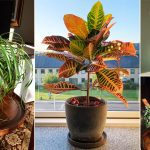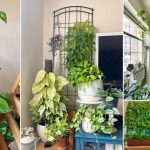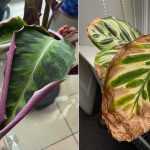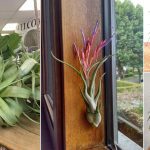Is the sun getting way too harsh in your garden? We have listed some easy-growing green vegetables you can start this Summer!
While most vegetables love the summer sun, it might be too much for the tender seeds, or maybe you have little space outdoors. But that shouldn’t stop you from having your own supply for we have listed the best green vegetables you can start indoors this Summer!
Vegetables You Can Start Indoors This Summer
1. Lettuce
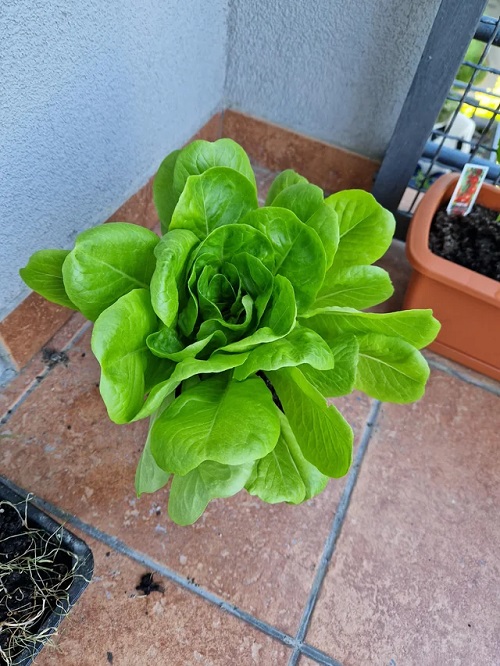
Botanical Name: Lactuca sativa
Lettuce prefers cooler temperatures, and summer heat can cause it to bolt or turn bitter. Starting it indoors allows you to control the temperature and extend its harvesting period. Plus, it grows pretty well in containers, making it a delicious choice for your summer salad garden.
Sow the seeds in a shallow, wide container with ample drainage and maintain consistently moist soil. Remember that overwatering might birth tender or floppy leaves—something you’d not prefer in your green bowl.
2. Scallions
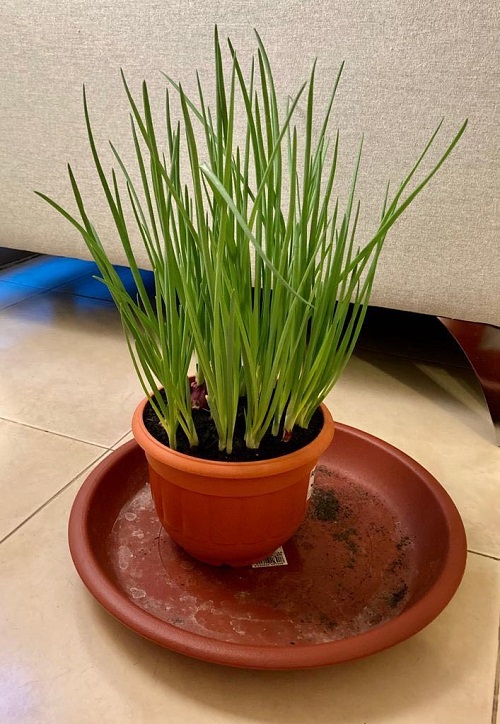
Botanical Name: Allium fistulosum
Scallions do best in lower light conditions yet need some warmth to sprout the tasty, sleek veggie. Having said that, an indirectly lit windowsill makes for an apt seed starting spot, especially where intense summer sun can be toned down using sheer curtains.
Start the seeds in long, narrow containers with enough room for root growth, and pick a spot that receives a balanced mix of sunlight and shade throughout the day.
3. Carrots
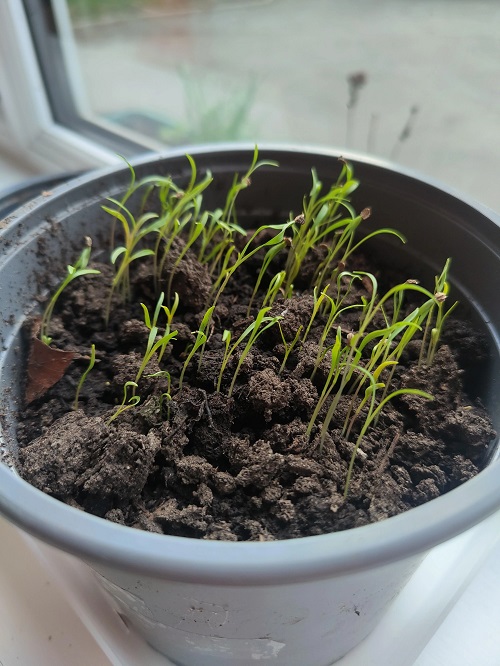
Botanical Name: Daucus carota
Carrots are particularly susceptible to pests and diseases, which can be largely mitigated by growing them indoors. Choose varieties suited for containers, such as short or round types, so you can also harvest the root vegetables along with their greens.
For sweet, tender carrots, just ensure that you use a loose soil mix and expose it to 4-6 hours of sunlight.
4. Kale

Botanical Name: Brassica oleracea var. sabellica
Kale prefers cooler climates and can taste bitter when it gets too hot, but it needs a good dose of sunlight, too. Growing it indoors helps maintain a balance, ideal for preserving its delightful flavor.
Sow the seeds in spacious pots filled with fertile soil and place them on your south-facing window or an open balcony to soak up around 6 hours of direct sunlight each day.
5. Swiss Chard

Botanical Name: Beta vulgaris L. var. cicla
Swiss chard is robust enough to withstand some heat, but extreme temperatures can stunt its growth. By starting and growing them indoors, you can offer the perfect amount of natural light without the scorching midsummer sun.
Use containers at least 8 inches deep with rich, well-draining soil, and water the soil regularly to retain its tenderness.
6. Radishes

Botanical Name: Raphanus sativus
Avoiding the outdoor heat can prevent radishes from overheating and bolting. Plus, radishes are a cool-season crop that loves the sun, so a west-facing windowsill can provide them with the perfect blend of sun and shade.
The best bet is to sow the seeds in early spring and then succession sow every two weeks. You can turn the greens into salads or pesto, stir-fry them, or steam them for veggie platters at dinner!
7. Cabbage
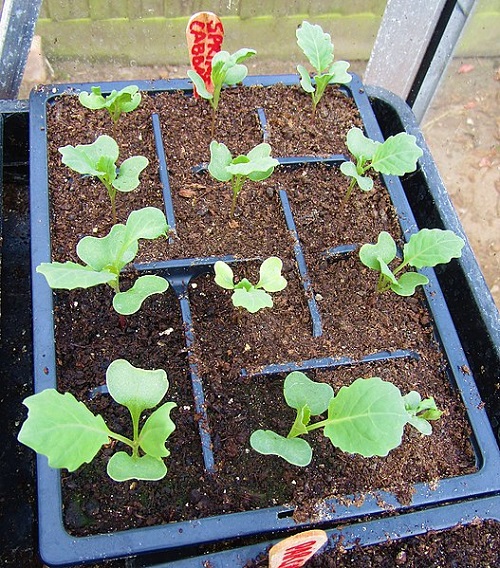
Botanical Name: Brassica oleracea
Cabbage benefits from steady, cool growing conditions, which can be hard to achieve outdoors during summer. On the other hand, starting them indoors in deep containers using nutrient-rich soil can prevent common issues like splitting and pest infestations.
To fulfill its needs, place the pot in a cool area with indirect sunlight to encourage the development of tight, flavorful heads.
8. Arugula
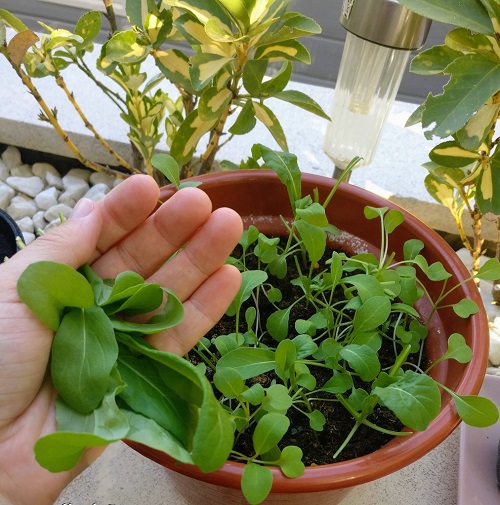
Botanical Name: Eruca sativa
Before the season starts warming up in summer, go ahead and plan your arugula harvest in spring itself by directly sowing it or using plant transplants. As summer approaches, arugula would really appreciate the shade indoors.
You can harvest your arugula when the outer leaves are at least 2 inches long and use the peppery flavor to spice up salads and soups.
9. Beets

Botanical Name: Beta vulgaris L.
Whether you want to chop off the greens for a hearty salad bowl or harvest the root for a lip-smacking curry, beets grow best in partial shade. In fact, the roots develop well without the stress of extreme heat, keeping them tender and flavorful.
Sow the seeds in containers with well-draining soil and harvest the greens when they reach about 5 inches tall. For the roots, harvest when they’re approximately 2 inches in diameter, ensuring they remain tender.
10. Bok Choi
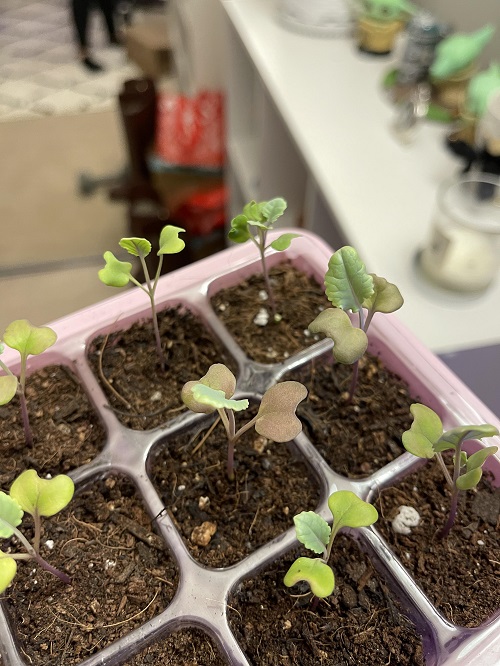
Botanical Name: Brassica rapa
Bok Choi matures quickly and benefits from cooler temperatures that you can easily achieve indoors. Plus, this control over the environment prevents bolting and encourages tender growth.
Start seeds in a moderately deep container and keep the soil consistently moist. Harvest baby Bok Choi after about 30 days or wait 60 days for mature plants, cutting them at the soil level.
11. Celery
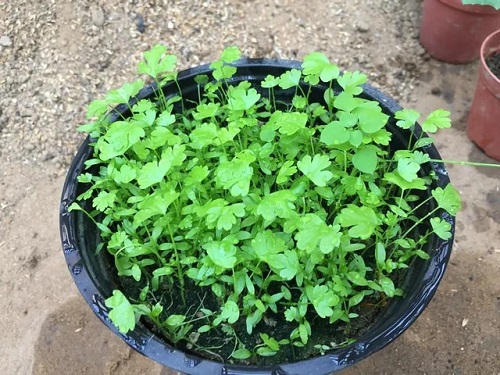
Botanical Name: Apium graveolens
Celery lovers know how tricky this vegetable can be, particularly with its preference for cool conditions. Too much heat and the stalks can become hollow. But you can take care of its temperature when growing it indoors. Just use deep pots to allow the long stalks room to grow and ensure the soil is rich and retains moisture.
12. Horseradish
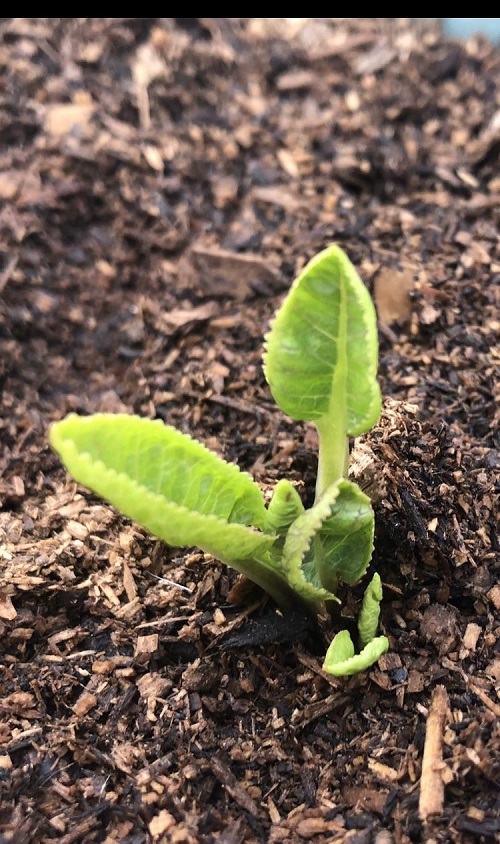
Botanical Name: Armoracia rusticana
Start your horseradish indoors from crowns or root cuttings to effectively manage its vigorous growth and maintain optimal soil quality. Go for a large container to contain its robust growth and place it in a spot with filtered sunlight.
Make it your annual routine to harvest the roots before they become too woody and tough for a continuous supply of fresh, pungent horseradish for your kitchen.
13. Leeks
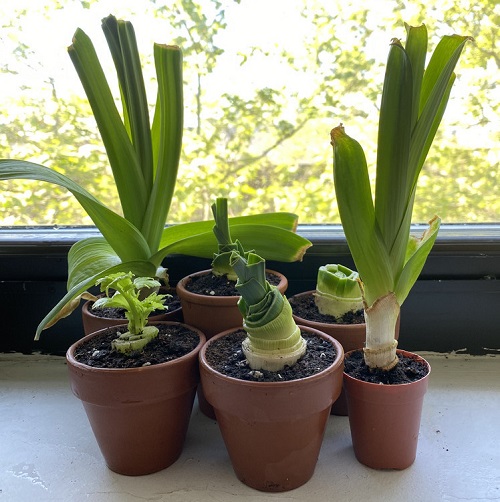
Botanical Name: Allium ampeloprasum
Leeks are surely related to onions, but they have a much milder, sweeter flavor. Plus, they don’t form bulbs like onions do. This fact actually allows you to grow them in partial shade indoors during the summer. While they would turn out to be a bit smaller, rest assured they won’t dampen the flavor profile of your veggie dishes, meats, or soups!
14. Peas
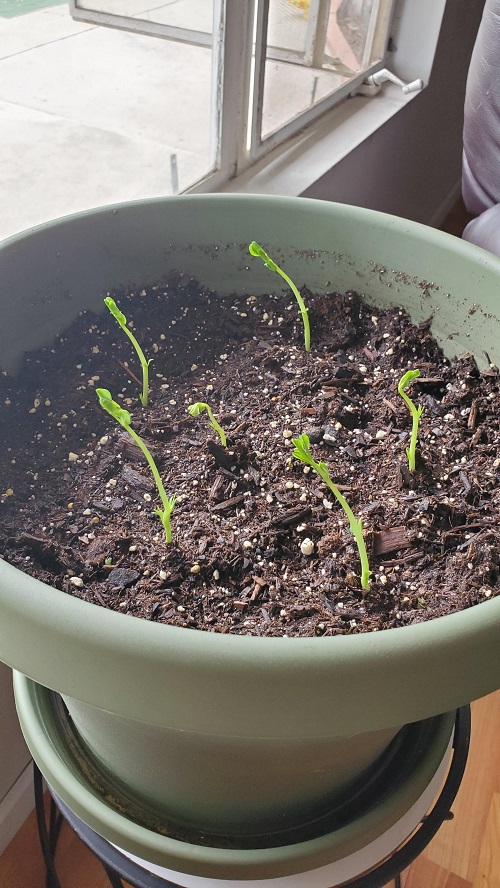
Botanical Name: Pisum sativum
Peas thrive in stable conditions and should be protected from harmful temperature swings that can affect pod development. To ensure optimal growth, support their climbing vines properly in your containers, keep the soil moist, and position them to enjoy the perfect balance of morning sunlight and afternoon shade.
15. Spinach

Botanical Name: Spinacia oleracea
If your area experiences extremely hot and humid climates, it would be good to start spinach indoors, as it tends to bolt when the temperature gets too warm. For your spinach, use shallow containers and water lightly but frequently to maintain ideal moisture.

